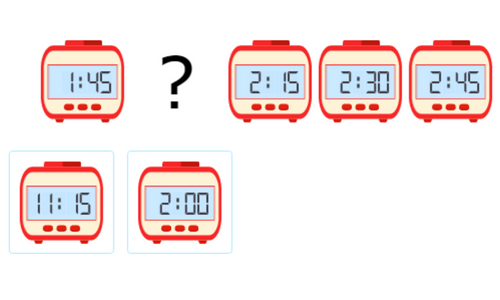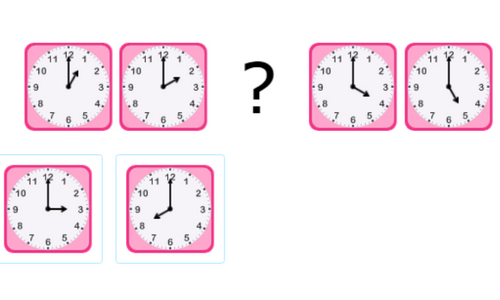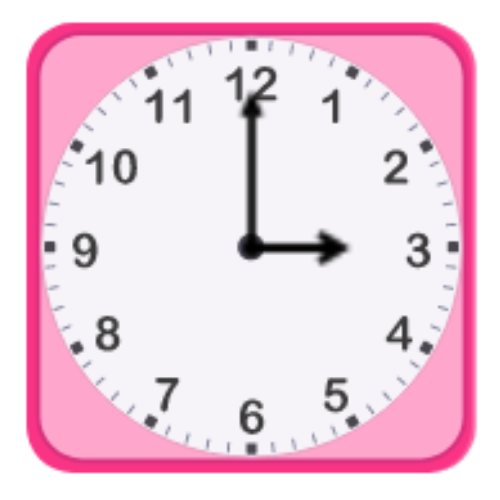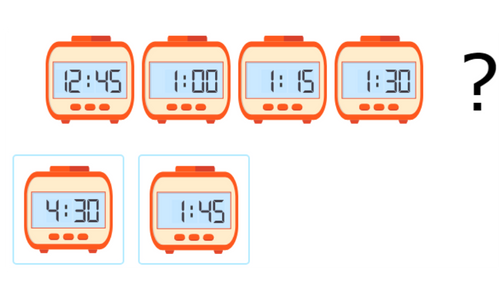Time patterns
key notes :
🎯 1. Understanding Time Patterns
- Time patterns are sequences that follow a regular, predictable cycle.
- They help us understand how events repeat over time.
🕒 2. Types of Time Patterns
✅ Daily Patterns
- The sun rises and sets every day.
- Morning, afternoon, evening, and night happen in the same order daily.
✅ Weekly Patterns
- There are 7 days in a week — Sunday to Saturday, repeating weekly.
- School days and weekends form a pattern.
✅ Monthly Patterns
- A month usually has 30 or 31 days (February has 28 or 29 days in a leap year).
- Phases of the moon repeat in a monthly cycle.
✅ Yearly Patterns
- 12 months make a year, repeating annually.
- Seasons (spring, summer, fall, winter) follow a yearly cycle.
- Birthdays and holidays come around once every year.
🔢 3. Identifying Time Patterns in Numbers
- Skip counting (e.g., counting every 5 minutes on a clock — 5, 10, 15…).
- Time intervals — e.g., clocks show minutes passing in patterns of 5s and 10s.
- Calendars follow patterns of weeks and months.
🧠 4. Real-Life Examples
- School schedule (classes, lunch, breaks repeat every day).
- TV programs come on at the same time weekly.
- Bus or train schedules follow time patterns.
Learn with an example
➡️ Which is the missing time?

Look for a pattern. Each time is 15 minutes later than the time before it. To complete the pattern, the missing time must be 15 minutes later than 1:45. The missing time is 2:00.
➡️ Which is the missing time?

First, read the time on each clock:

Look for a pattern. Each time is 1 hour later than the time before it. To complete the pattern, the missing time must be 1 hour later than 2:00. The missing time is 3:00.
Now find the clock that shows 3:00. This clock shows 3:00:

➡️ Which is the missing time?

Look for a pattern. Each time is 15 minutes later than the time before it. To complete the pattern, the missing time must be 15 minutes later than 1:30. The missing time is 1:45.
Let’s practice!🖊️

